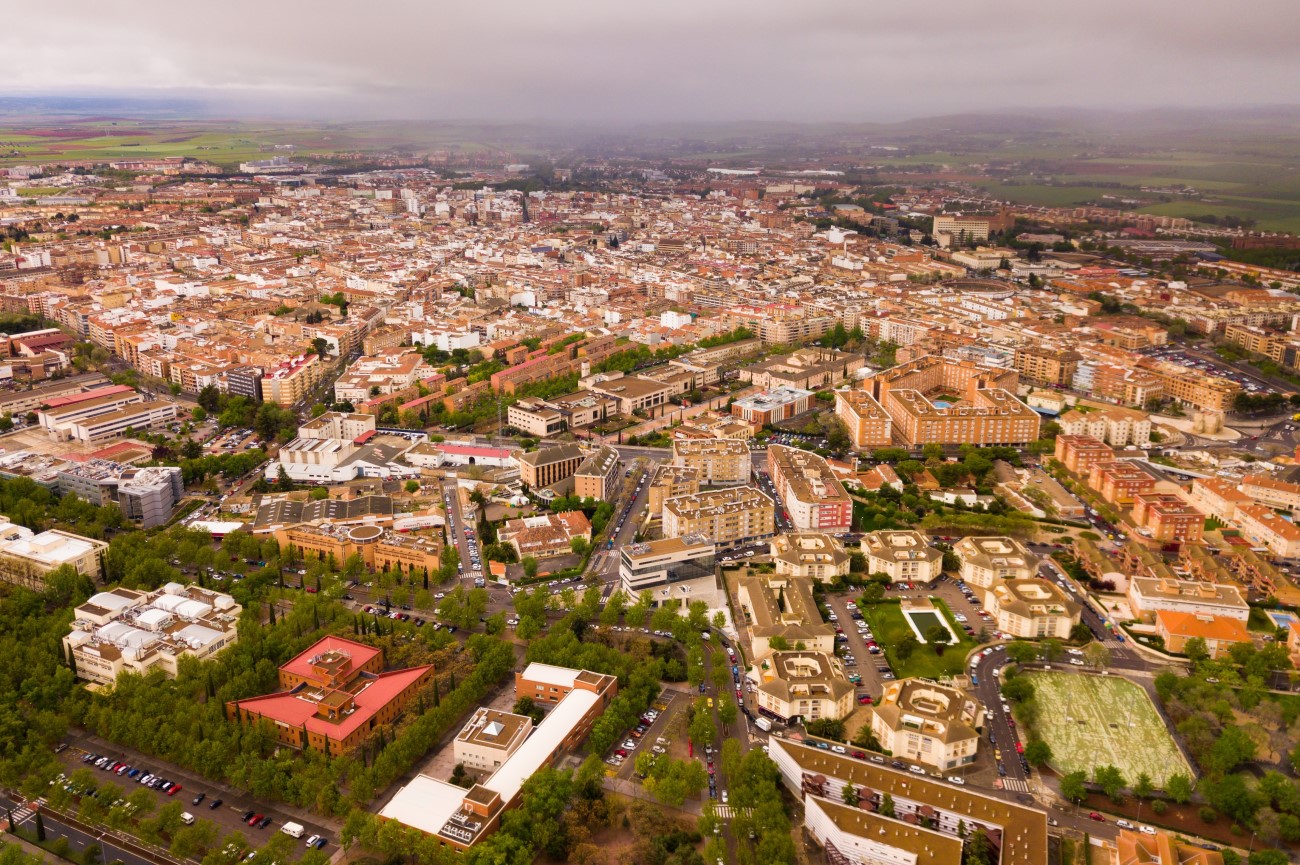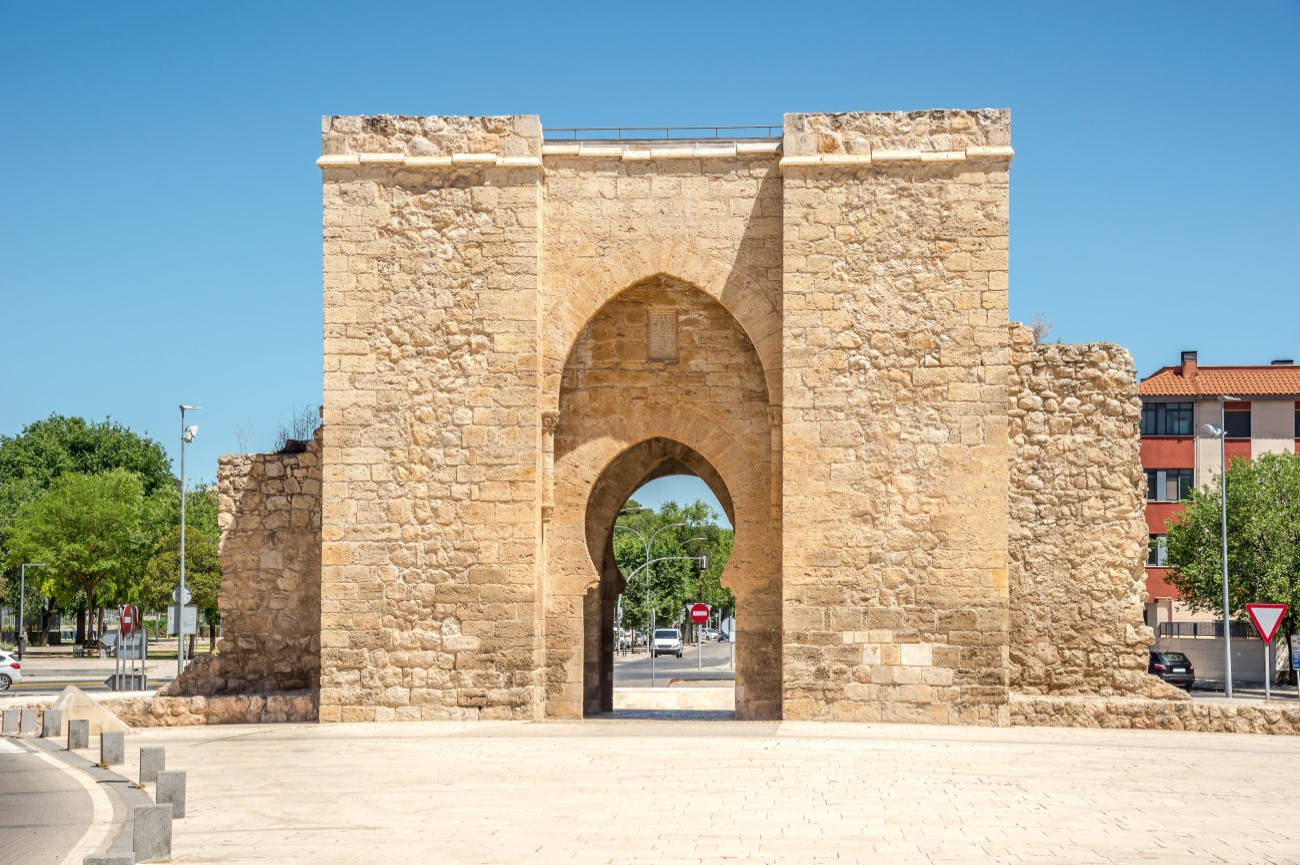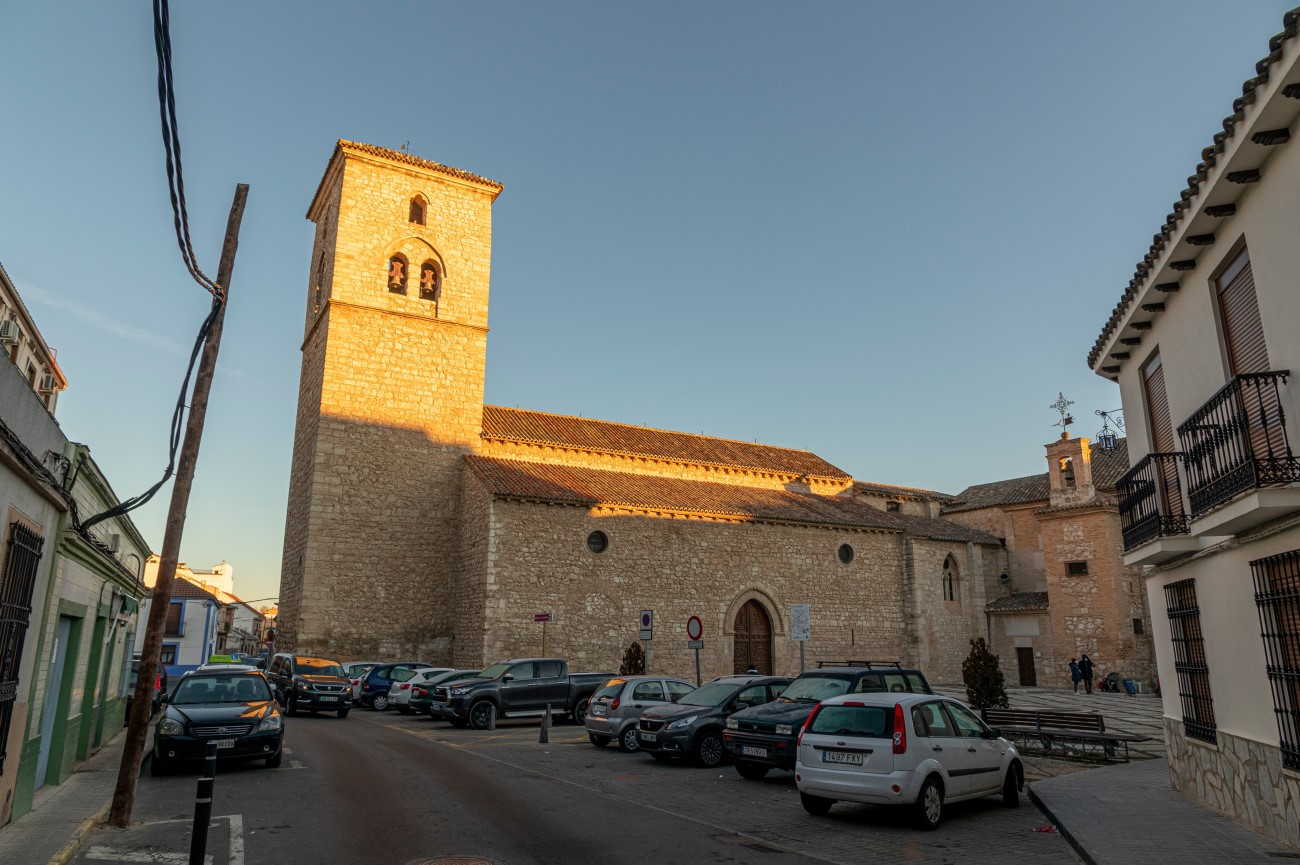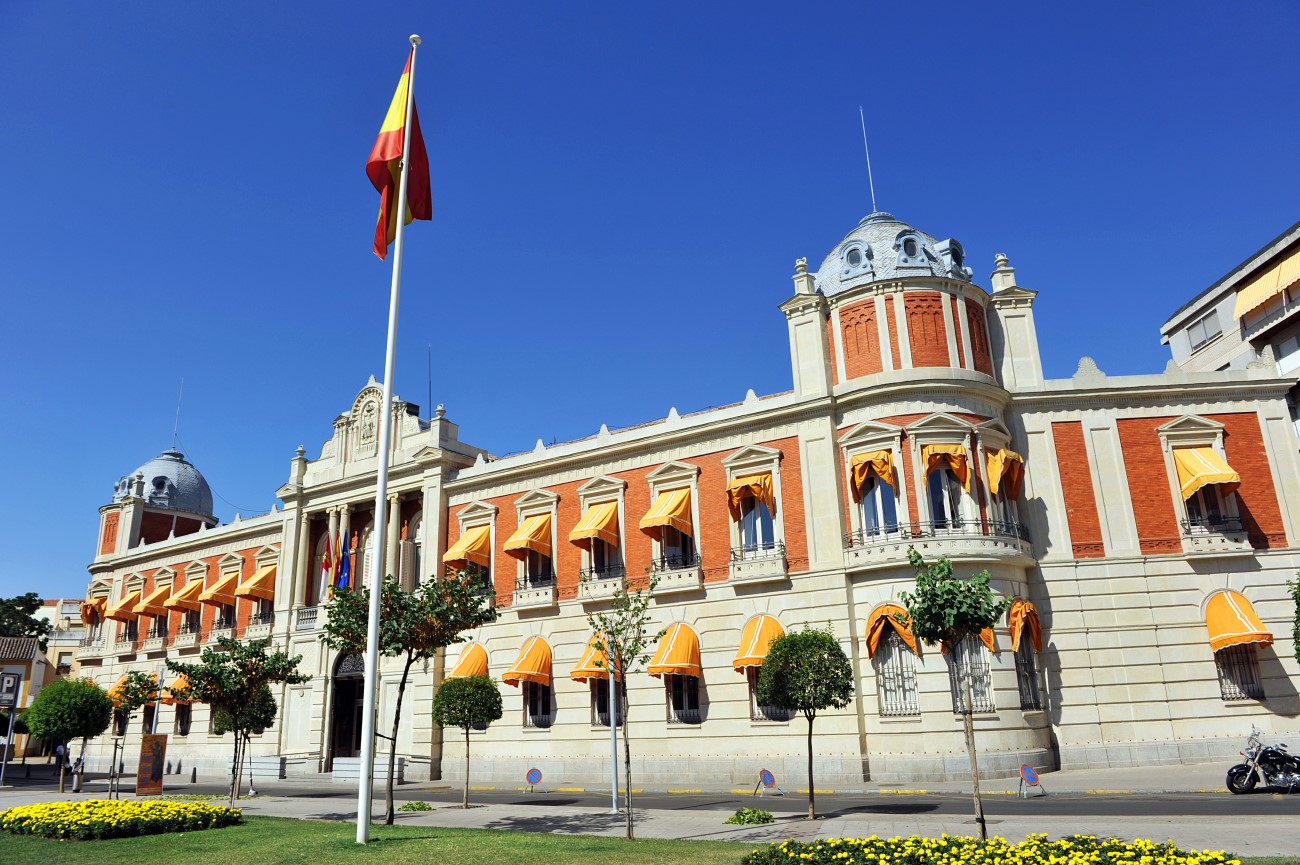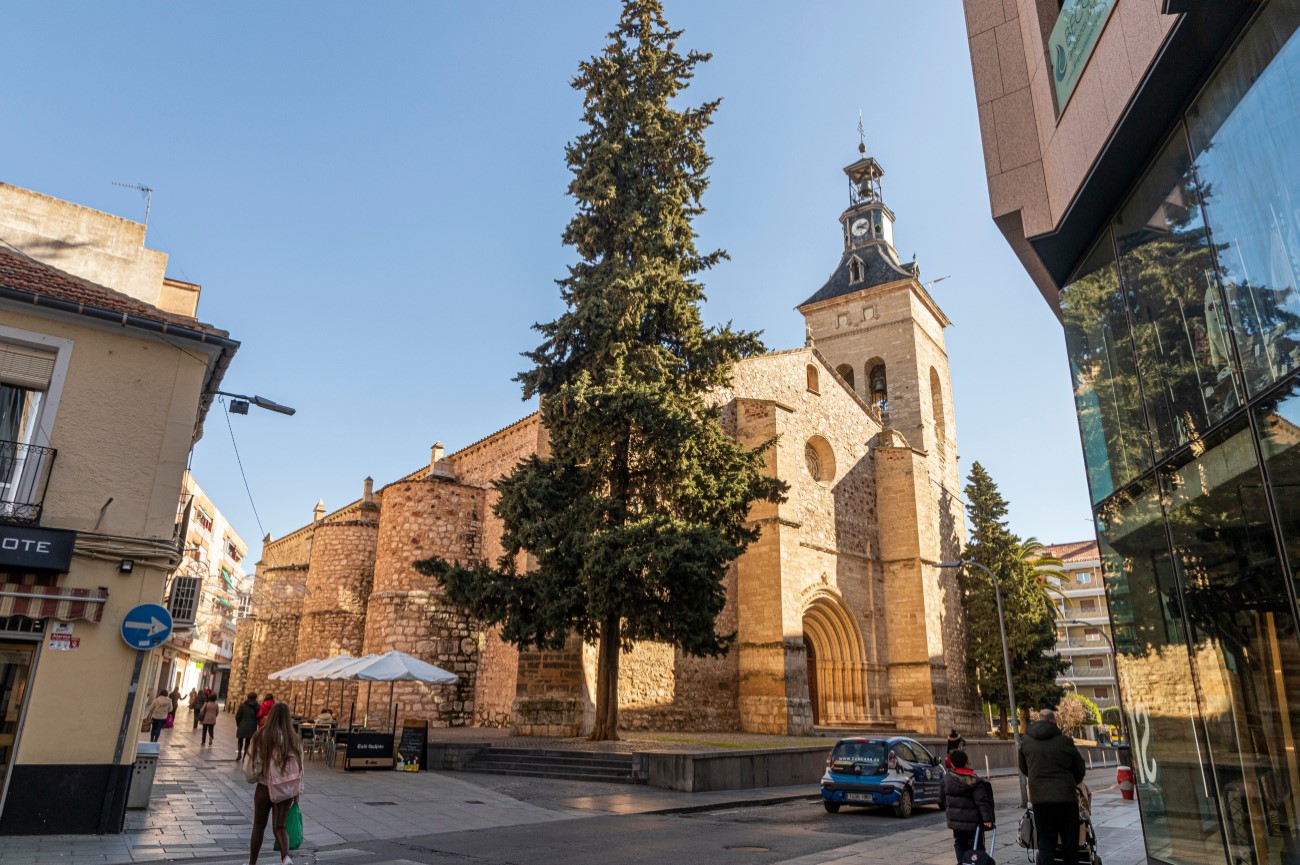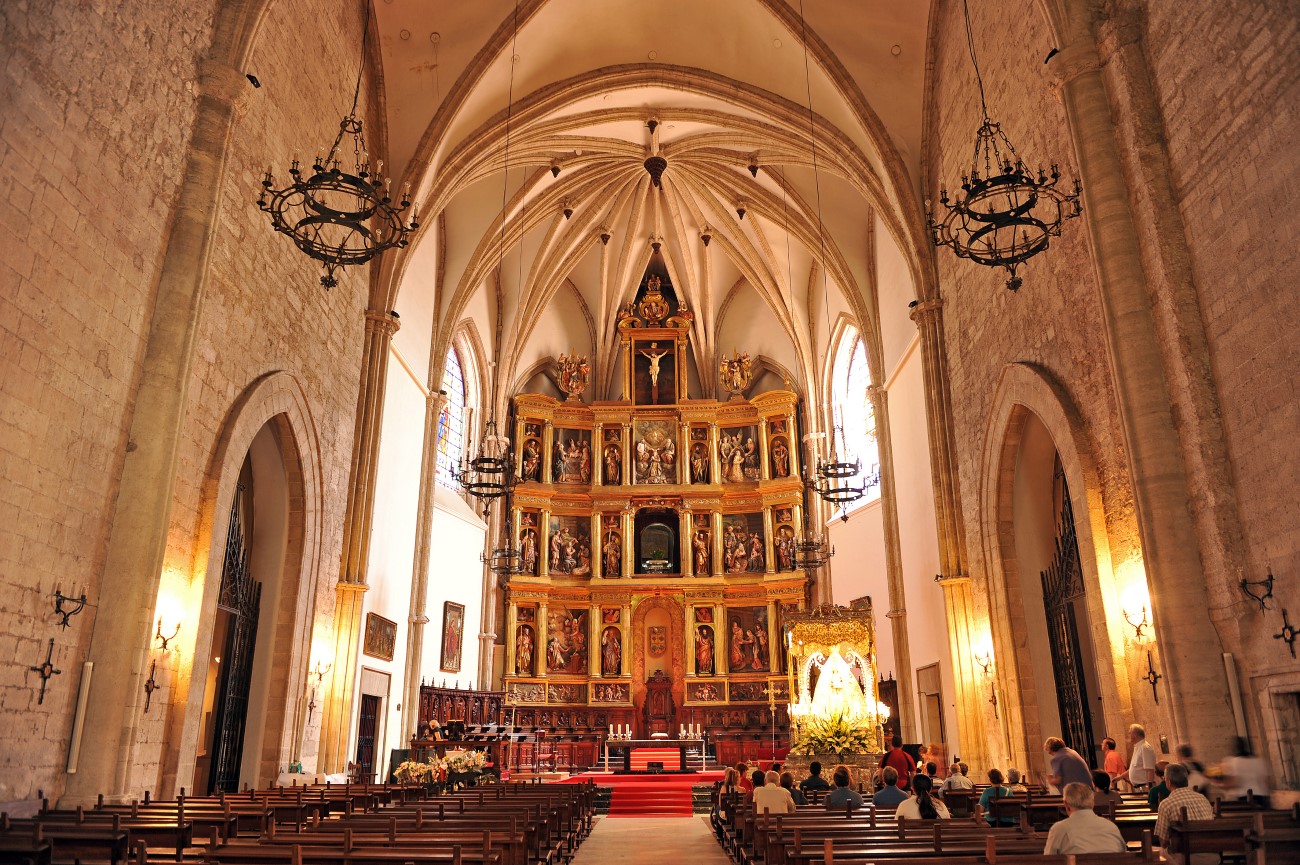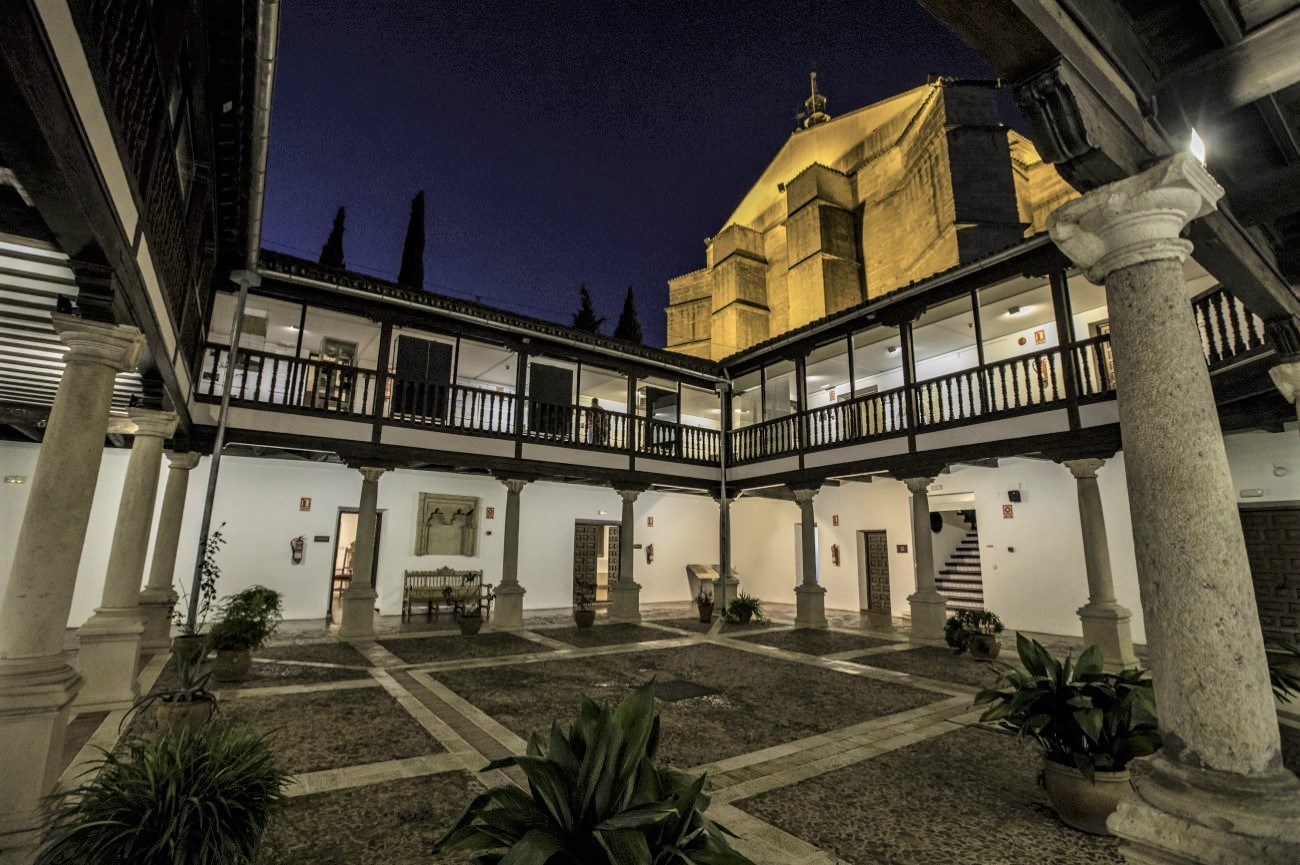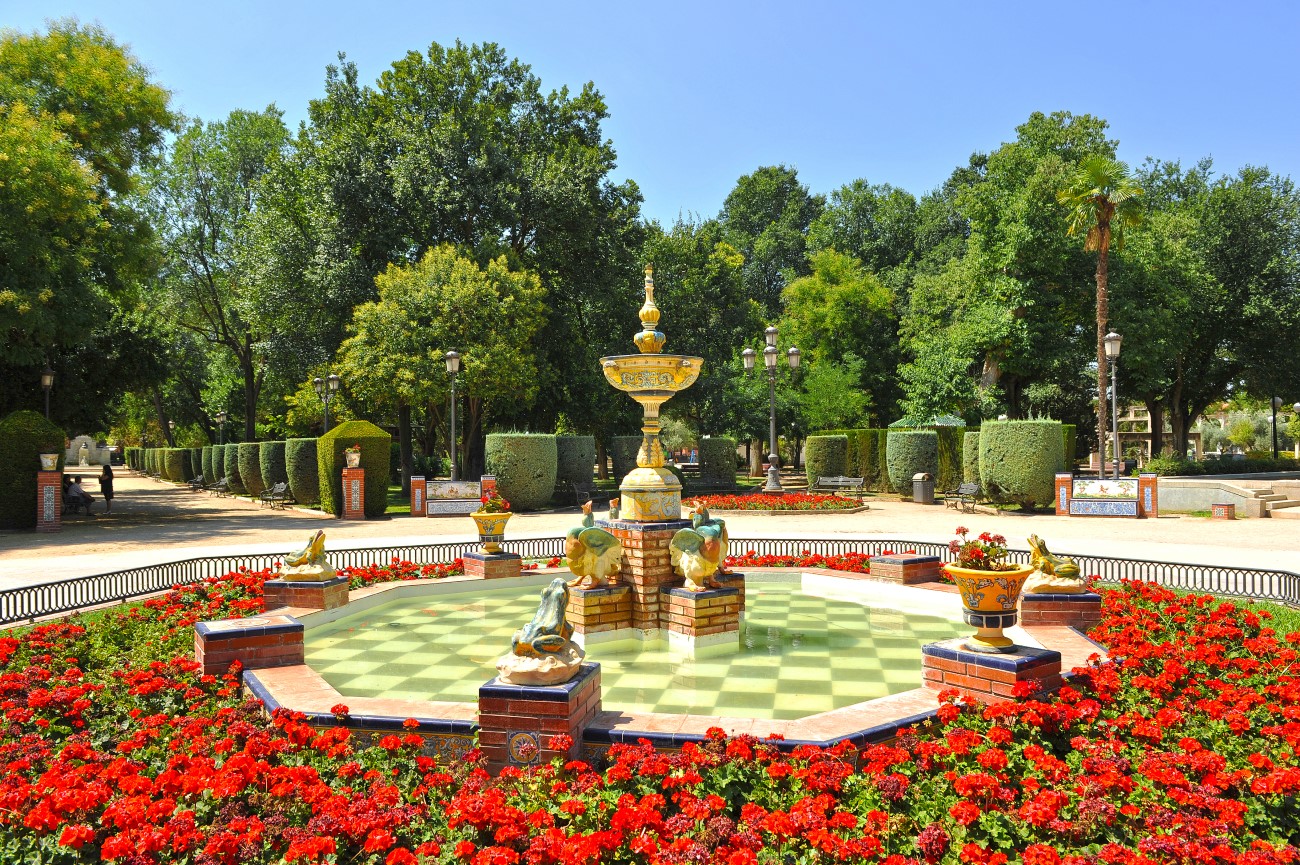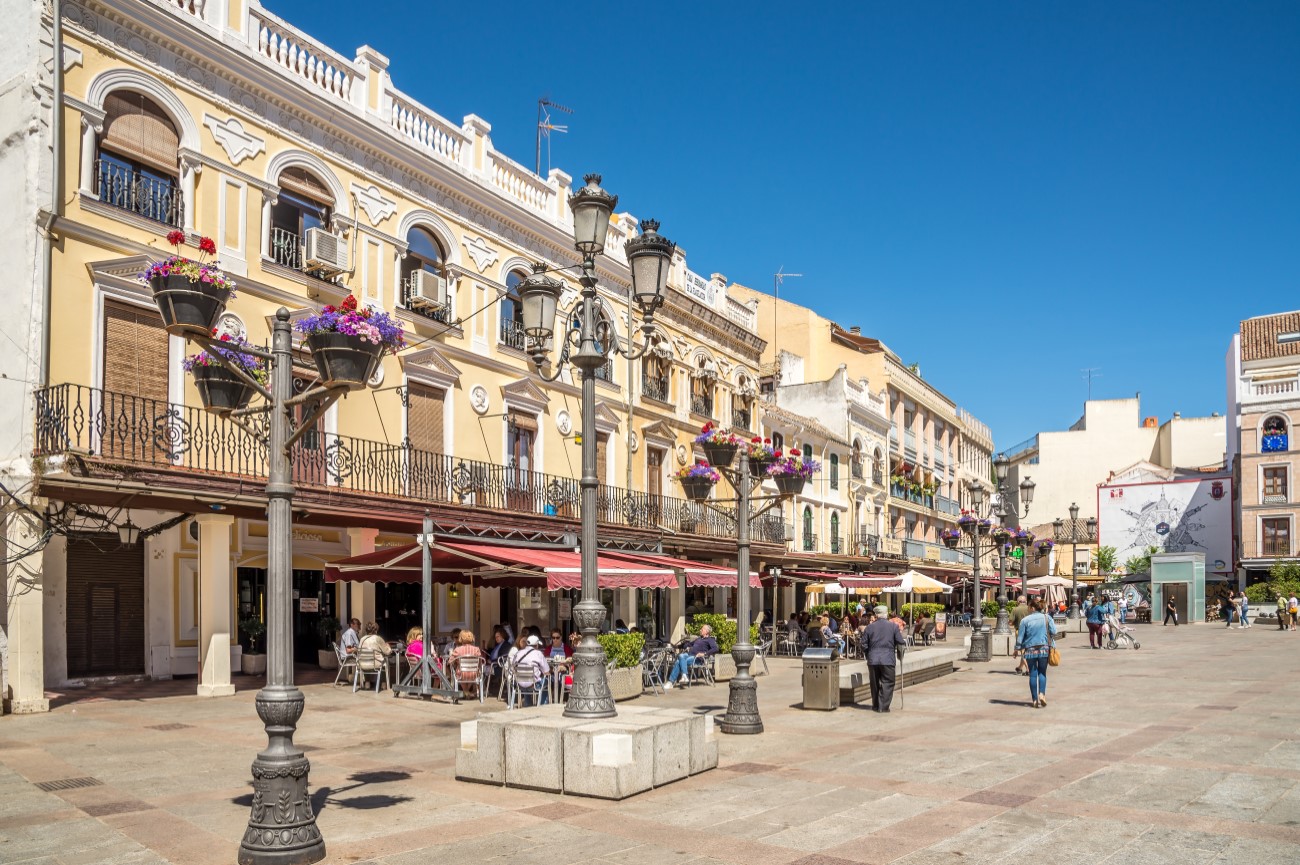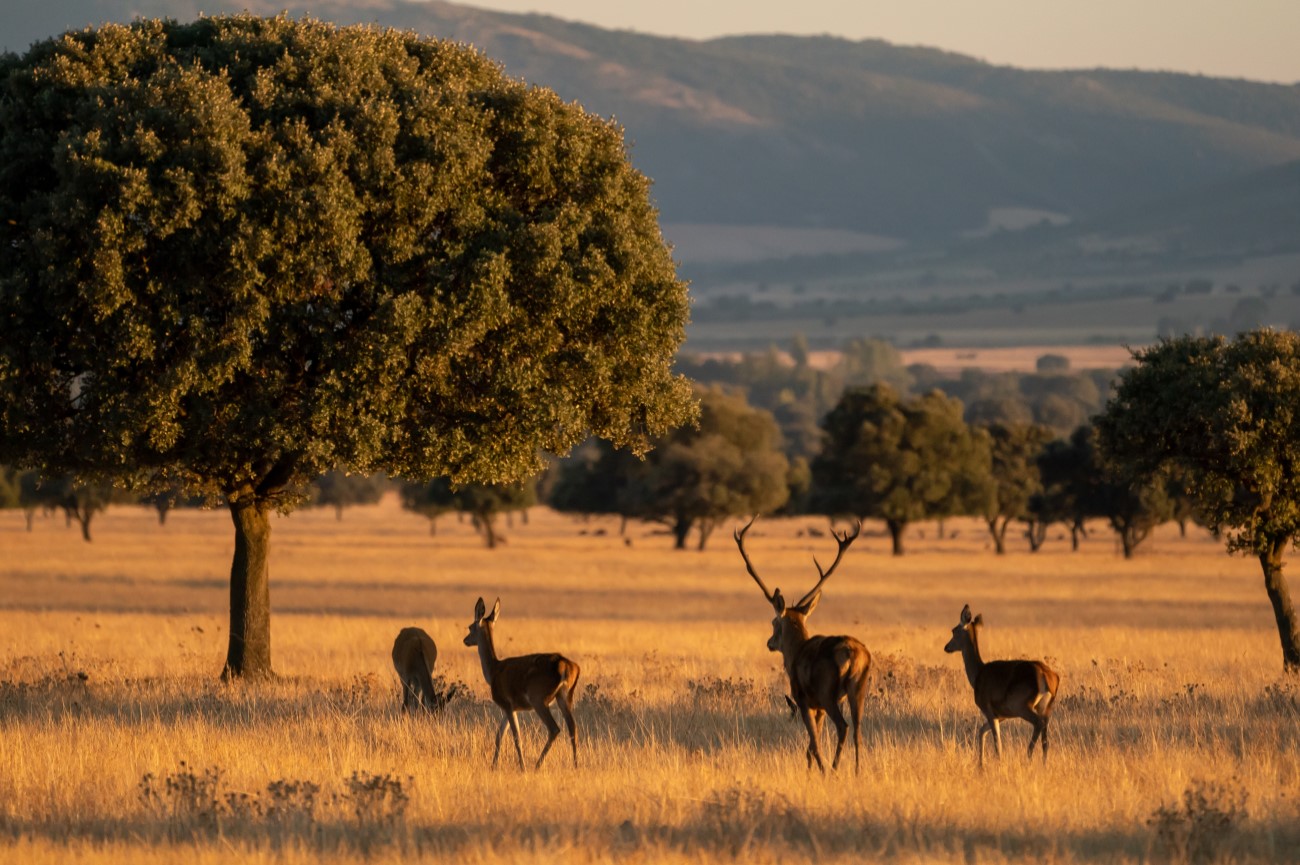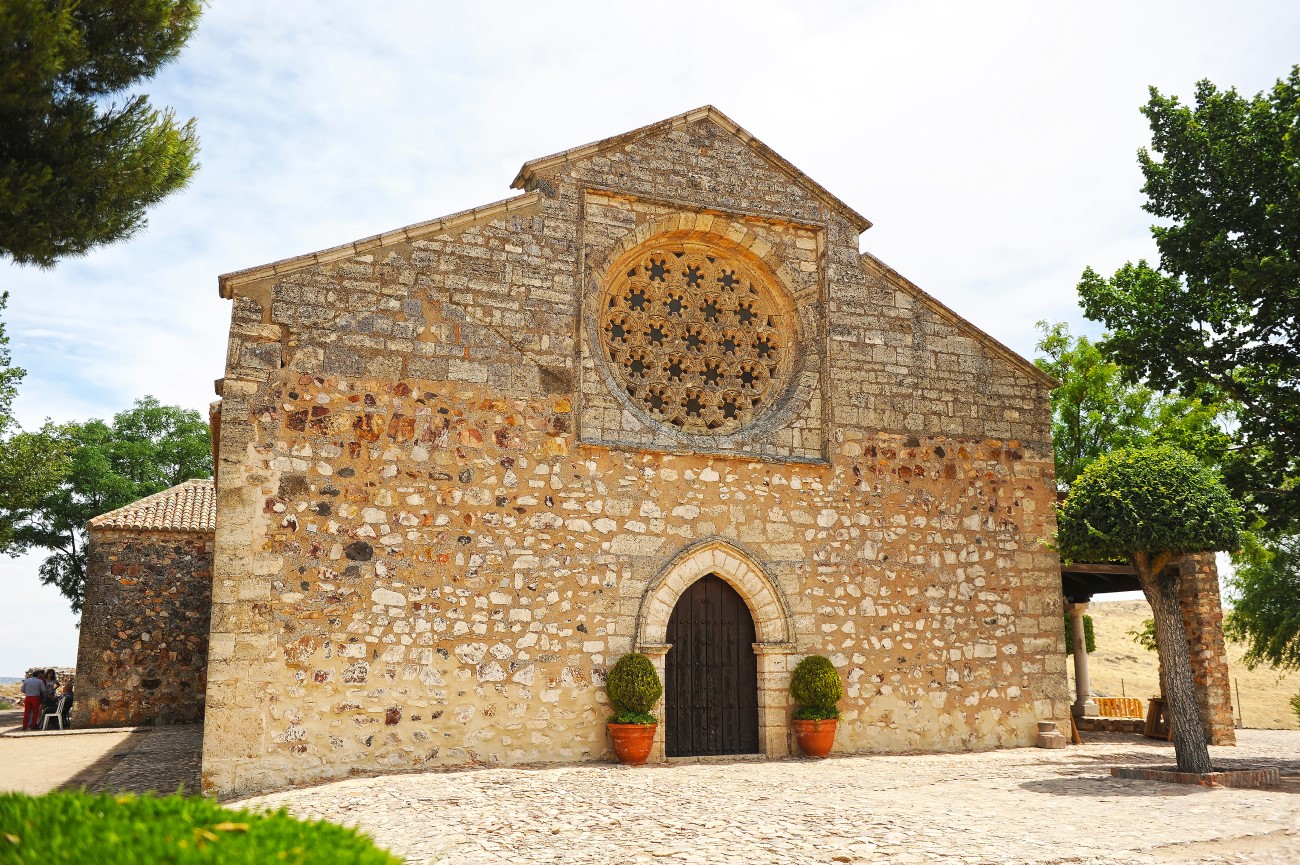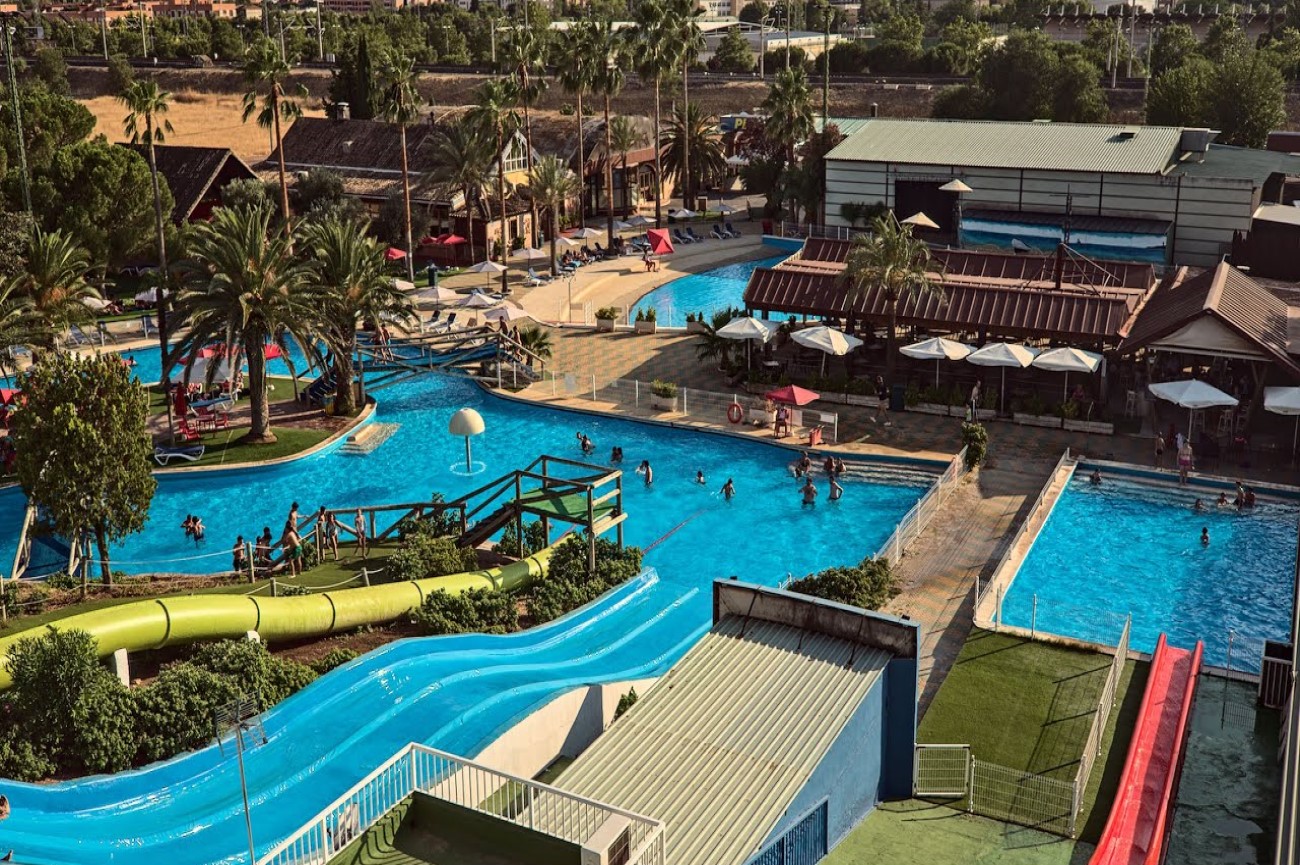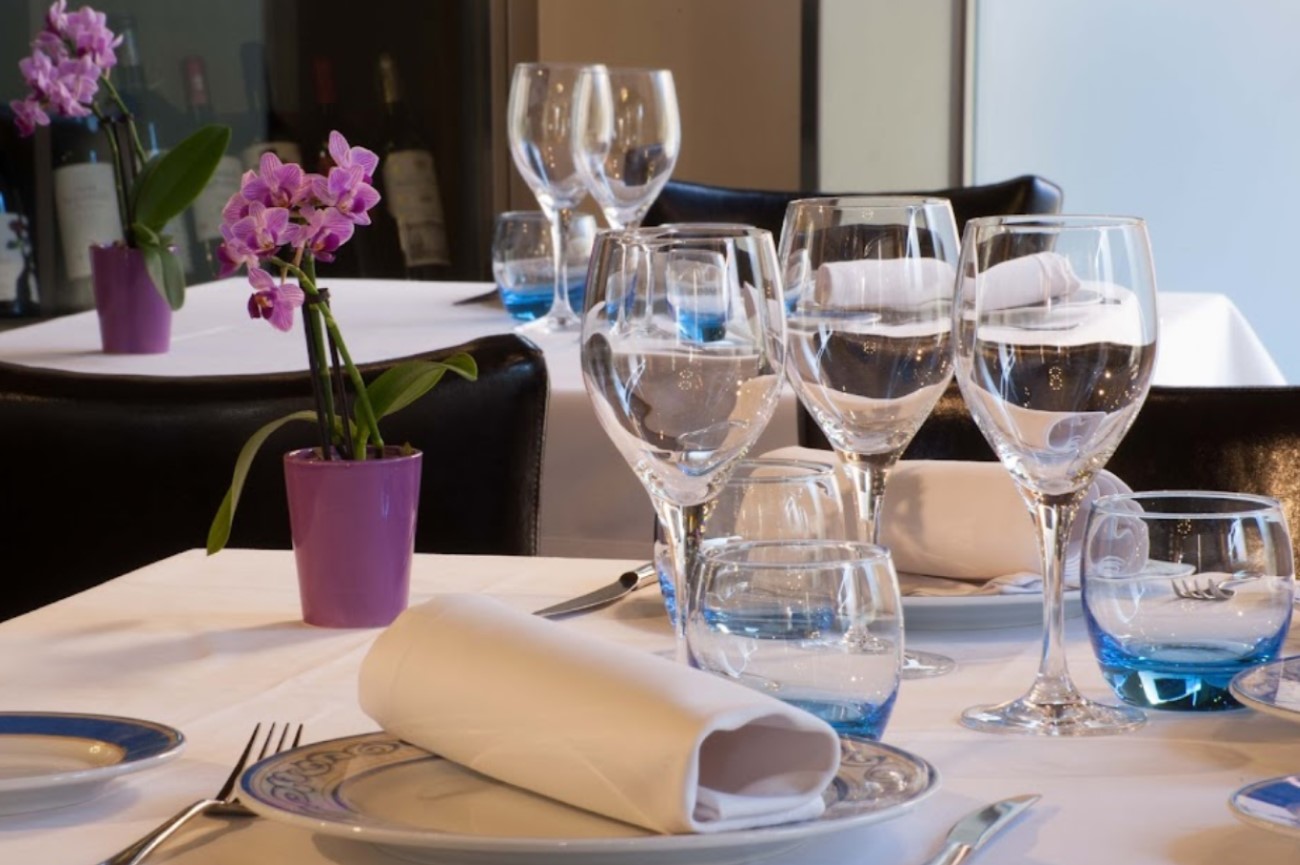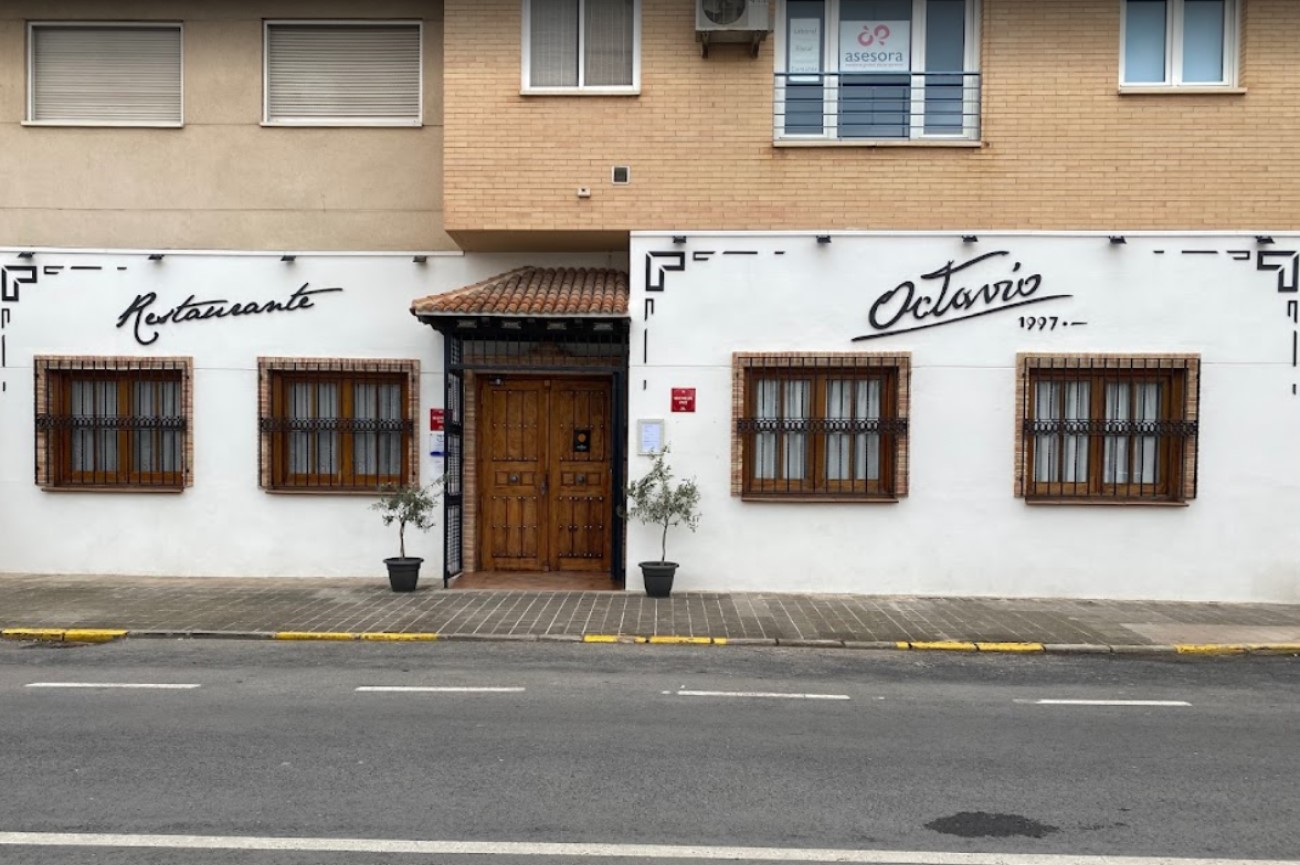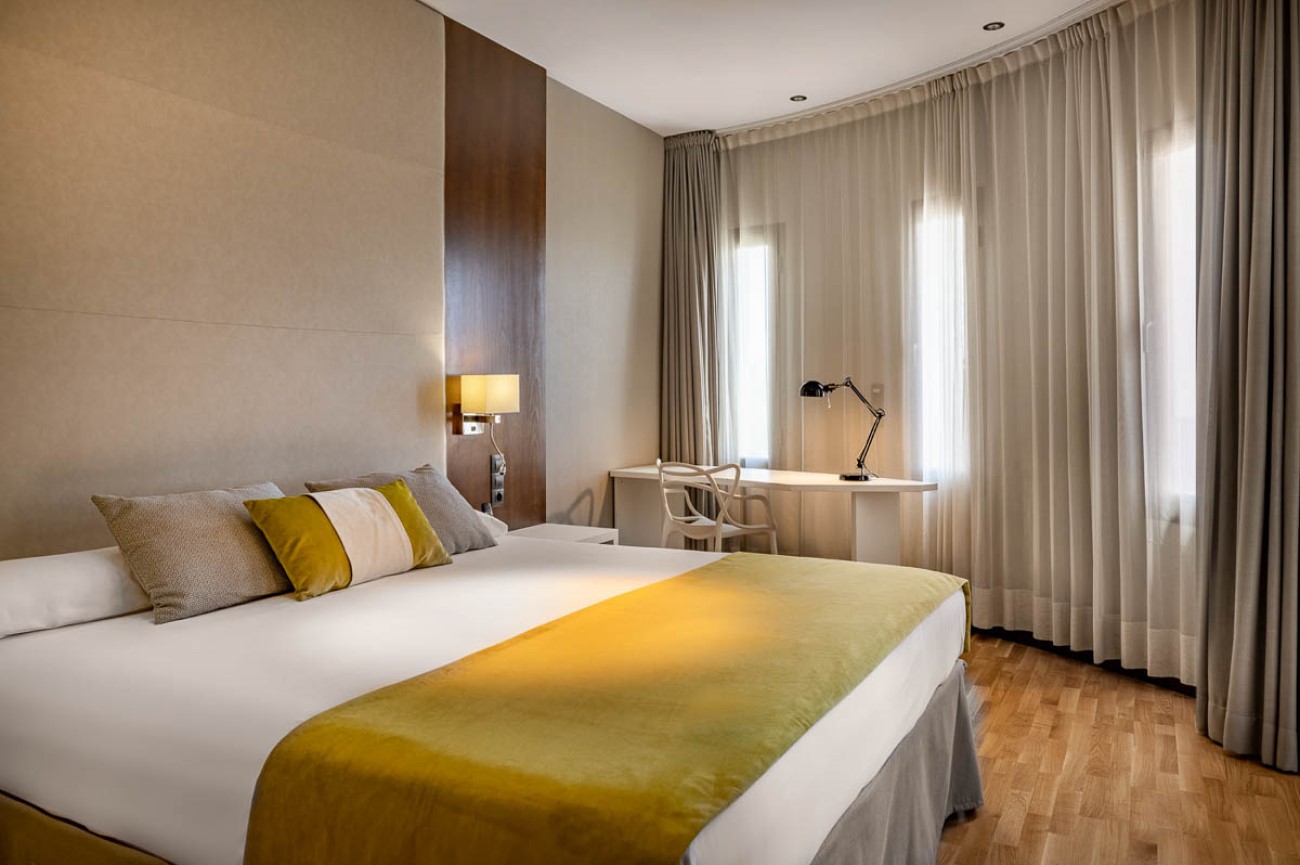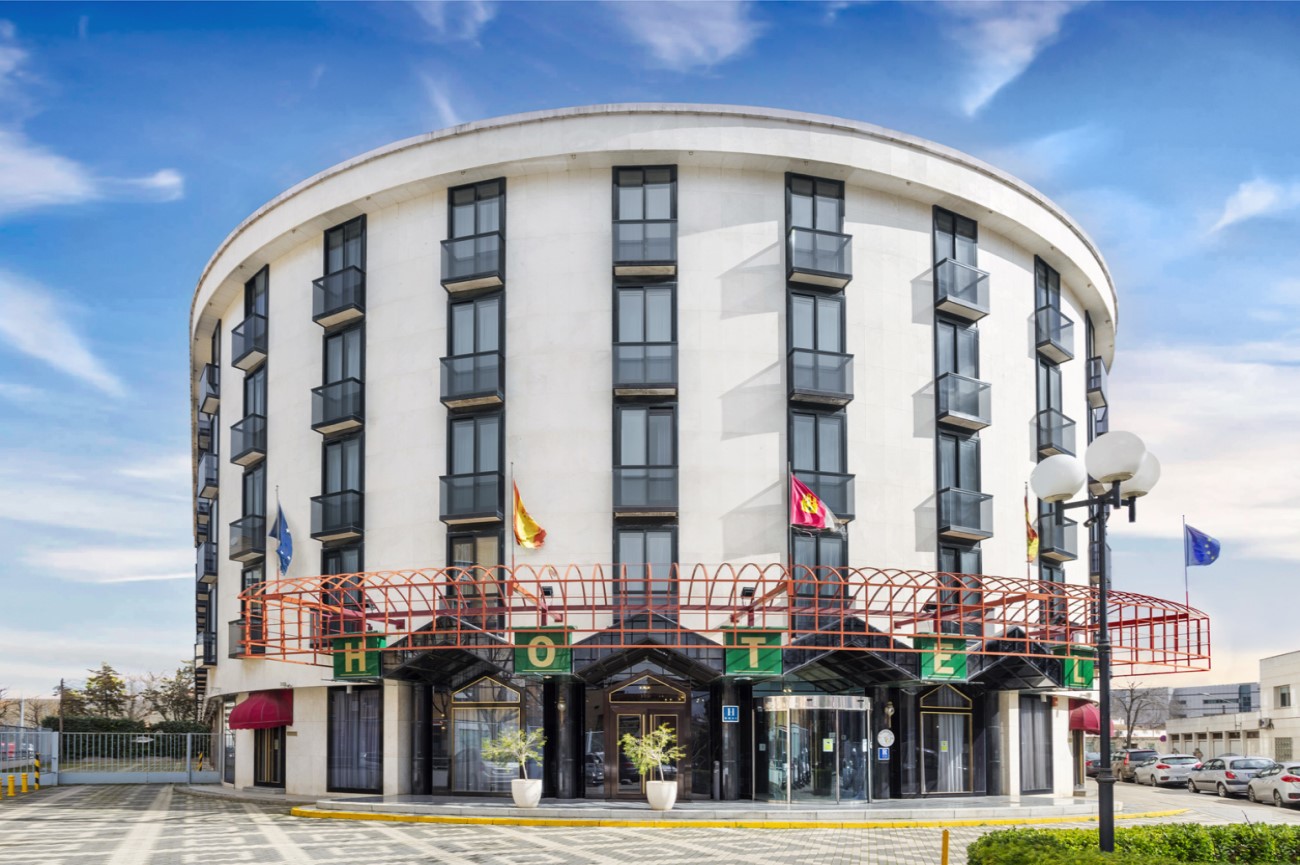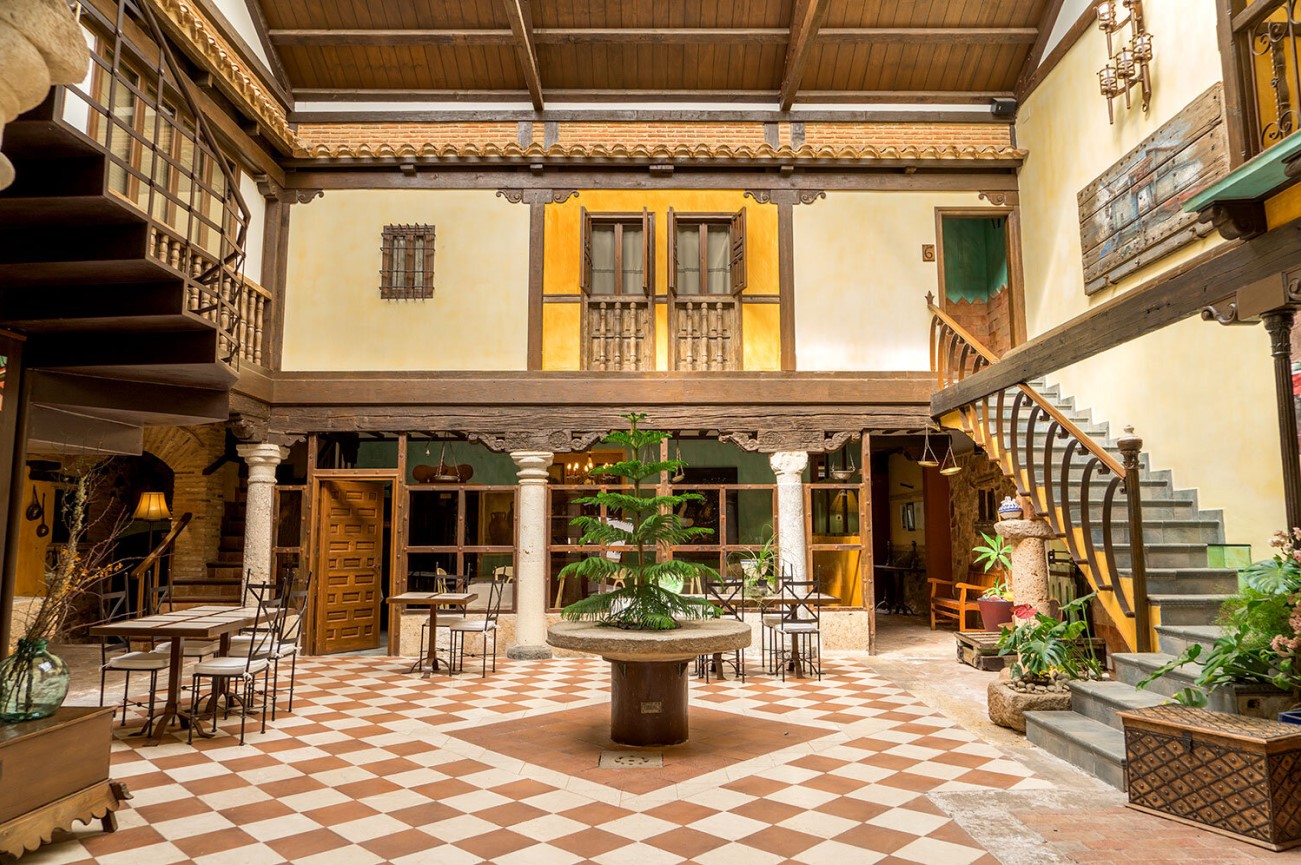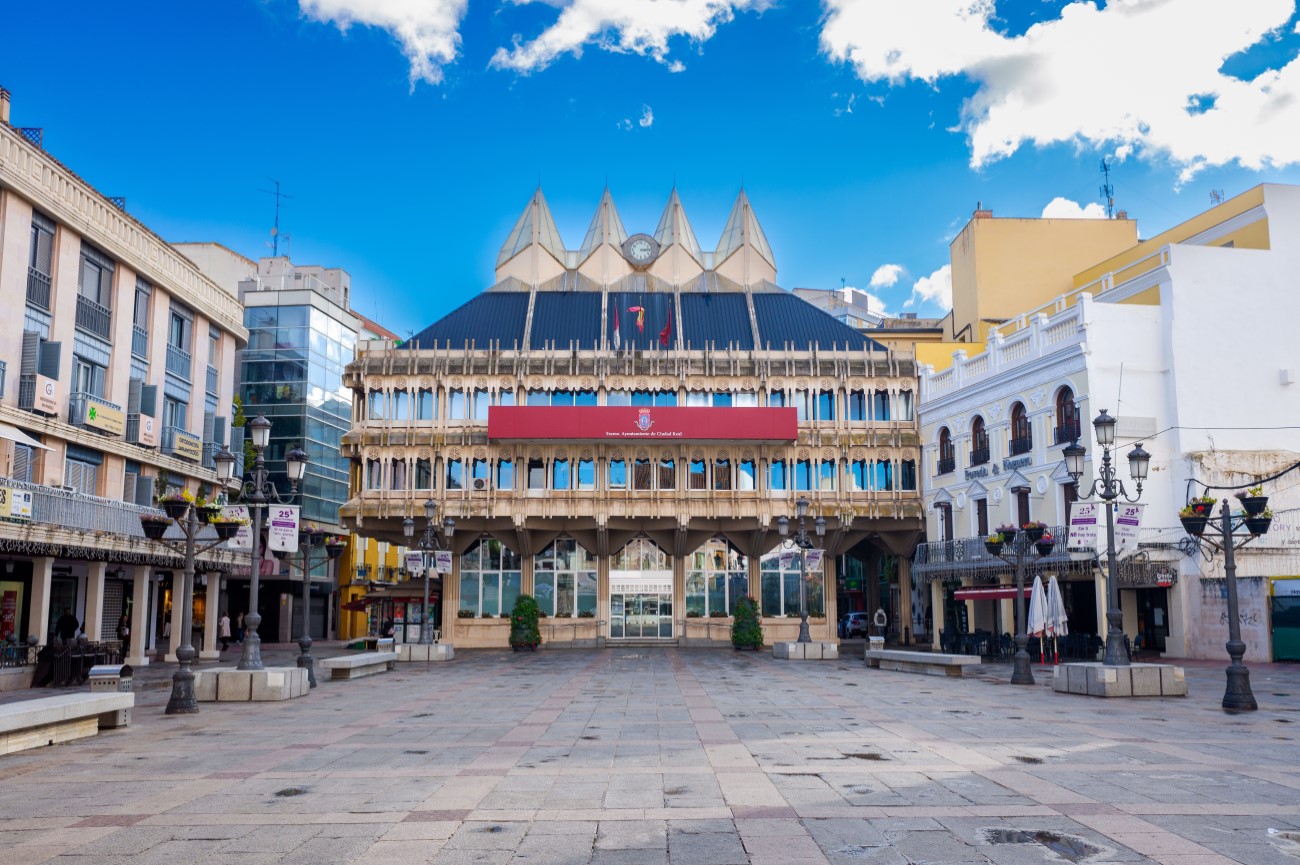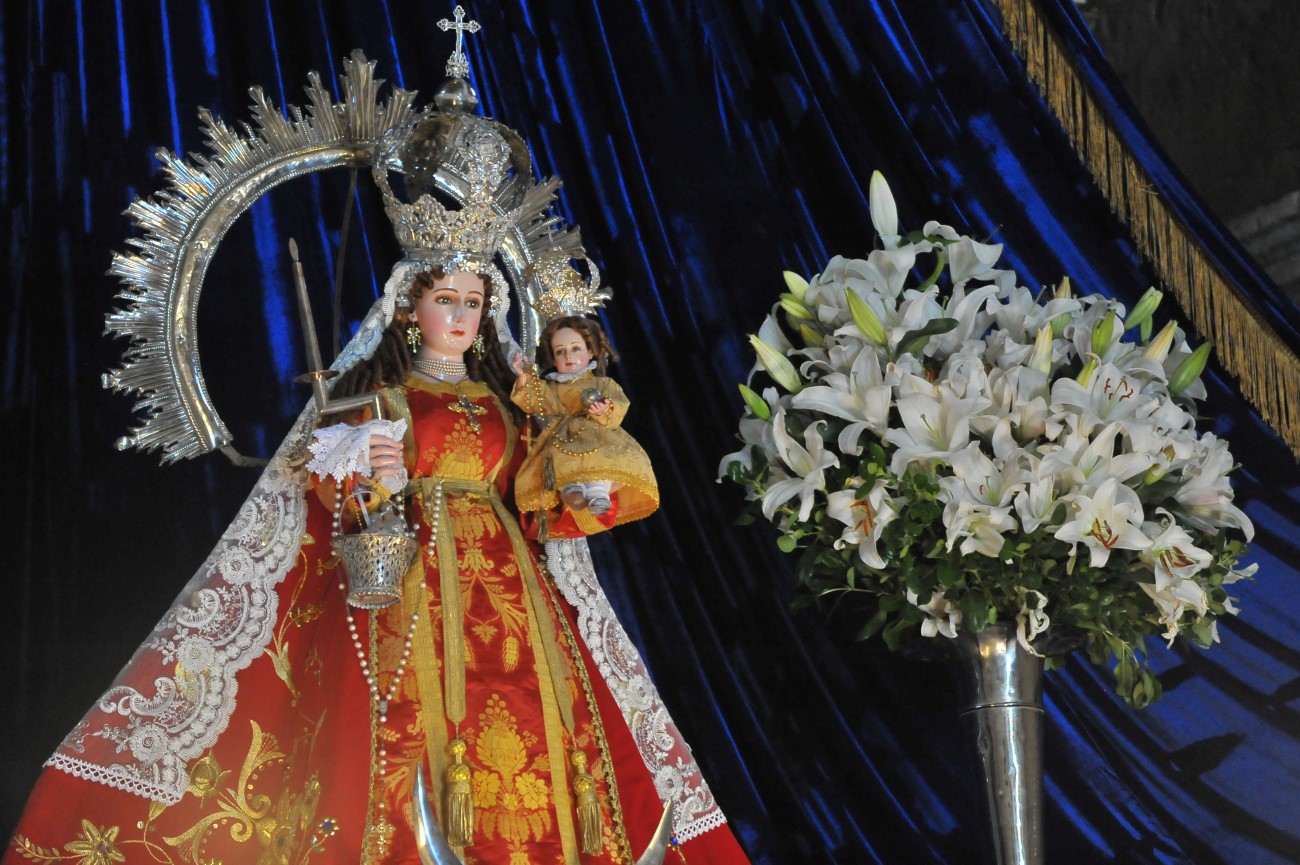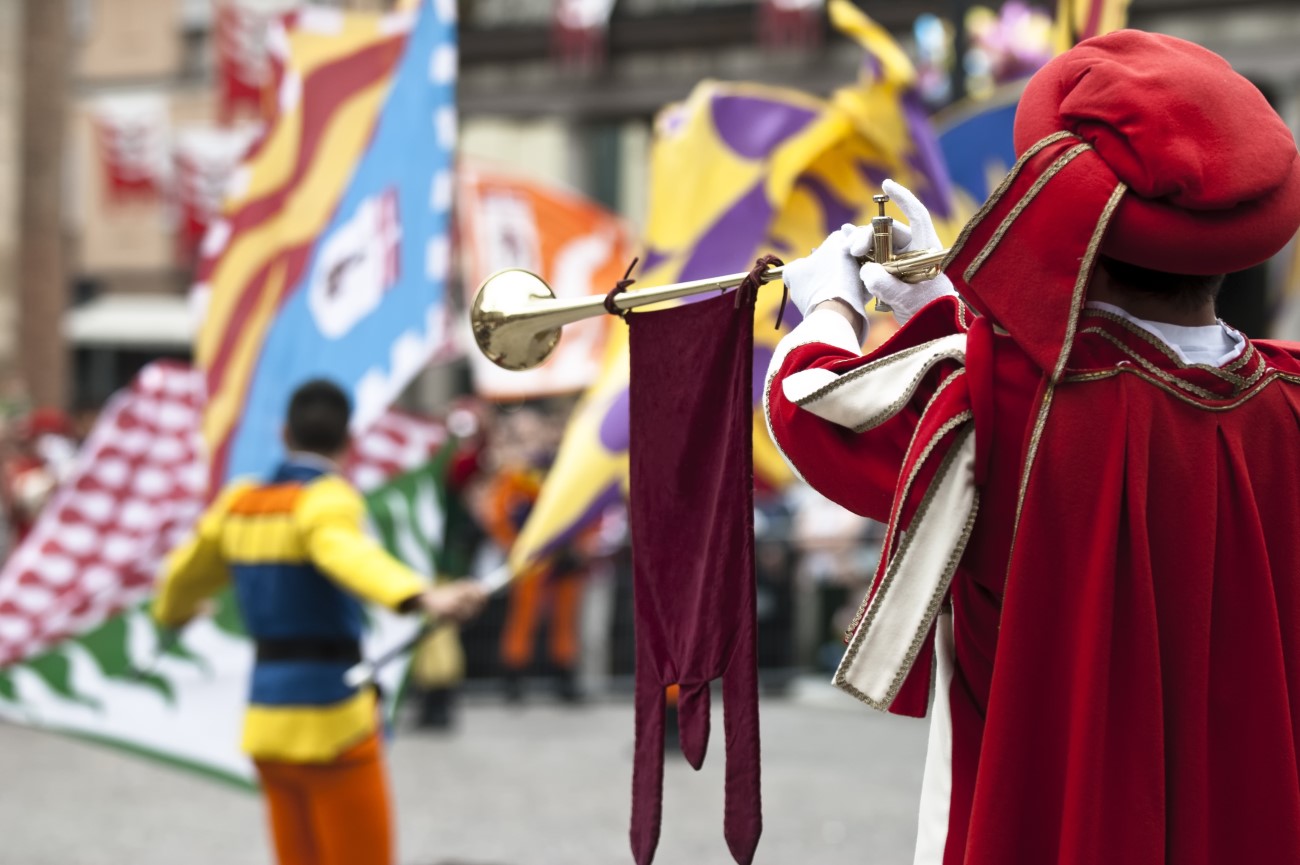Things to do in Ciudad Real, Spain - 1-day itinerary
Set amidst the hills of Castilla-La Mancha province is Ciudad Real. The city is located along the high-speed train route that connects Madrid and Seville, making it a popular alternative for a day trip from either side. During the Middle Ages, Ciudad Real was entirely protected by four kilometres of walls and hundreds of towers. Among the remaining features is the Puerta de Toledo. Beyond this, you'll find many iconic churches and incredible natural surroundings, such as Cabañeros and Las Tablas de Daimiel.
Our one-day itinerary will show you the best things to do in Ciudad Real, from attractions to restaurants and events.
Day 1

Morning: Puerta de Toledo
Start the day at Puerta de Toledo, one of the most important landmarks in the city. This 14th-century gate is the last remaining structure from the Real Alcázar of Ciudad Real. It features six arches and two square towers on each side. Keep an eye out for the coat of arms of the Castille region featured on its walls.
Iglesia de Santiago
Walking towards the city centre, you’ll soon reach the Iglesia de Santiago. Dating back to the 14th century, the church features a mix of Romanesque and Gothic elements. It was declared a Bien de Interés Cultural in 1982. Take some time to wander inside and admire the Gothic naves and oval arches, along with the late Mudéjar and Islamic details.
Diputación Provincial De Ciudad Real
Right on the edge of the old town is the Diputación Provincial de Ciudad Real, the provincial government of Ciudad Real. It’s worth capturing the building’s facade before moving on to the next stop.
Iglesia de San Pedro
Continue towards the Iglesia de San Pedro, the oldest church in Ciudad Real. Inside is the tomb of Fernando Alonso de Coca, also known as Chantre de Coca, a confessor and chaplain to the Catholic Monarchs. While you’re here, don’t miss the star-shaped vaults and the impressive alabaster altarpiece.
Afternoon: Catedral Santa María del Prado de Ciudad Real
What started as a Romanesque shrine soon developed into a Gothic masterpiece. Among the highlights of the cathedral is the Perdón doorway, which may have been the church entrance at the time of Alfonso X. Through the centuries, the church has suffered several interventions. Inside the sacristy, you’ll find a collection of noteworthy items, including several paintings, a pax board by Becerril and a Baroque chest of drawers.
Palacio Lopez Villasenor
Just next to the cathedral is the Palacio Lopez Villasenor, a museum dedicated to the work of Manuel López Villaseñor, one of the greatest Spanish painters of the 20th century. Walking through the rooms, you’ll see the evolution of his artworks through the years. The building itself is a typical Manchega house from the 15th century. It was also here that Hernán Pérez del Pulgar, a Captain General and Historian at the Service of the Catholic Kings, was born in 1451.
Gasset Park
Gasset Park is the largest green space in Ciudad Real. Visitors can follow three different itineraries based on the park’s features. The first is called “Singular Trees”, with a length of 740m, the second is called “Monuments and Sculptures” and stretches for 1000m, and the third one, “Ornamental Fountains, is also 1000m long. Pick one or take your time and follow all three of them.
Museum Quixote - Cervantes Library
The Museum Quixote pays tribute to the infamous character created by the Spanish writer Miguel de Cervantes. This museum uses art and multimedia to create an interactive experience of Don Quixote de la Mancha. You’ll see movies, exhibits and several paintings made by José Jiménez Miranda, one of the best 19th-century illustrators of Don Quixote. Look out for the recreated version of a 17th-century Madrid printing press. The museum also includes the Cervantes library, which features more than 3,000 volumes.
Plaza Mayor
Return to the city centre and stop by Plaza Mayor, one of the liveliest squares in the city. It is a meeting point for locals and visitors and a great spot to grab a drink in the evening. Around here is the Casa del Arco, the first Consistorial House installed in the city in the 15th century. The building suffered major damages in 1755 following the tragic Lisbon Earthquake that reached Ciudad Real. Today most people head here to see the carillon watch, inaugurated in 2005 by the princes of Asturias. The three automaton figures: Don Quijote, his companion Sancho Panza and Miguel de Cervantes come out at specific times. On the opposite side of the square is the City Hall, a somewhat controversial building which combines Neo-gothic features with Nordic influences.
Ciudad Real Tour Map
Other things to do near Ciudad Real:
- Cabañeros National Park: Halfway between Ciudad Real and Toledo is the Cabañeros National Park, a beautiful stretch of unspoiled nature. Deers, eagles and wild boars are some of the species you can expect to find here. Oak trees form the landscape changing colours with the seasons.
- Ermita de Nuestra Señora de Alarcos: Located 10km from Ciudad Real within the Alarcos Archaeological Park is the Ermita de Nuestra Señora de Alarcos. This Gothic-style church was built somewhere between the 13th and 14th centuries when Ciudad Real was emerging as a city. The shrine is dedicated to the Virgin Nuestra Milagrosa Madre y Santísima Virgen de Alarcos. To access it, you need to follow the opening on the medieval wall of the old castle built by Alfonso VIII of Castille.
Top things to do with kids in Ciudad Real
Ciudad Real only has a few attractions, all of which you can explore with kids. After taking in the monuments, you can wander through the city’s parks and squares. The Gasset Park is dotted with fun sculptures and fountains, while the Plaza Mayor offers plenty of cafés where you can stop for a snack. You can also spend an afternoon at the Mystery Time Escape Room. The games are ideal for children above eight years old. If you're visiting in the summer, you can head to Playa Park, a water park complete with slides and kid-friendly swimming pools.
Where to eat in Ciudad Real
The cuisine in Ciudad Real is centred around game dishes like rabbit, wild boar and venison. Popular recipes include rabbit stew and hartatunos (fried potatoes and peppers). Codfish is also a top ingredient featured in dishes like the atascaburras (mashed potatoes and cod). Below are some of the best restaurants in Ciudad Real:
- Restaurante La Casuca: Located near the Iglesia de San Pedro, this cosy restaurant is famous for its cocido, a meat stew paired with chickpeas. It’s pretty popular, so best to book a table in advance.
- Asador Restaurante San Huberto: Suckling pig and lamb are some of the specialities at San Huberto, all cooked in a wood-fired oven. Guests can enjoy a seat inside or on the outdoor terrace.
- Mesón Restaurante Octavio: Established in 1997, Octavio offers traditional dishes with a contemporary twist. Highlights include game recipes like albóndigas de jabali (wild boar meatballs) or lomo de venado (venison steak).
Where to stay in Ciudad Real
- Hotel Parque Real (4 stars): Set near Gasset Park, this hotel offers a mix of suites and double rooms. Some offer rain showers or private balconies overlooking the garden. Guests also have access to a restaurant and an outdoor pool.
- Exe Doña Carlota (4 stars): This four-star hotel stands out with its curved structure. Amenities include a fitness centre, parking, bar and a restaurant serving regional delicacies. It's only a few steps from Puerta de Toledo, making it the perfect base to explore the city.
- Hotel Spa La Casa Del Rector (4 stars): A few miles outside of Ciudad Real is the small town of Almagro. It’s around here that you’ll find this charming hotel housed in a 17th-century townhouse complete with a spa, indoor pool, and traditional restaurant.
Best time to visit Ciudad Real
The best time to visit Ciudad Real is between April and June or around September and October. During these months, the weather is warm enough, and there are fewer rainy days. The hottest month is usually July when temperatures can reach 34ºC. It’s also the busiest month to visit. January, on the other hand, is the coldest month, with an average temperature of 11ºC.
Ciudad Real Festivals
- Fiestas patronales de la Virgen de Gracia: Around the 8th of September, the municipality of Puertollano celebrates its patron saint. During these days, shows and stalls take over the city, attracting many visitors from other regions. The festivities end with a procession, where the statue of Virgen de Gracia is carried to her hermitage.
- Manzanares Medieval: Between late September and early October, Manzanares goes back to Medieval times. The event offers a variety of activities, including theatre, workshops, concerts, dances, processions, games, and parades. Don’t miss the election of the Medieval Mayors and the medieval market.


